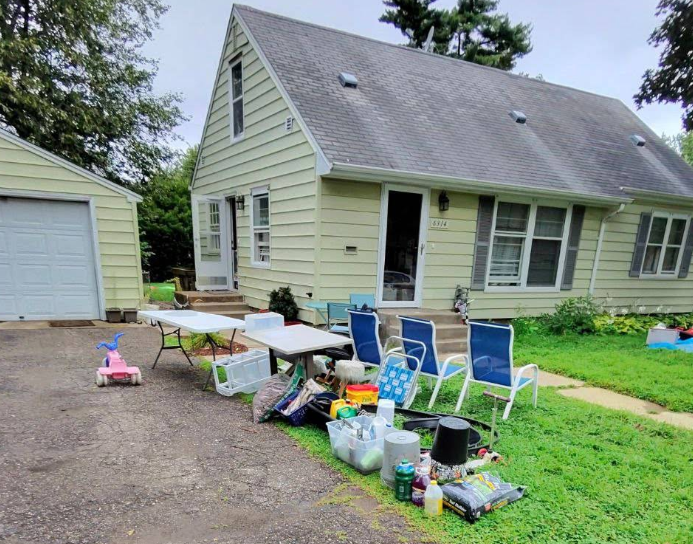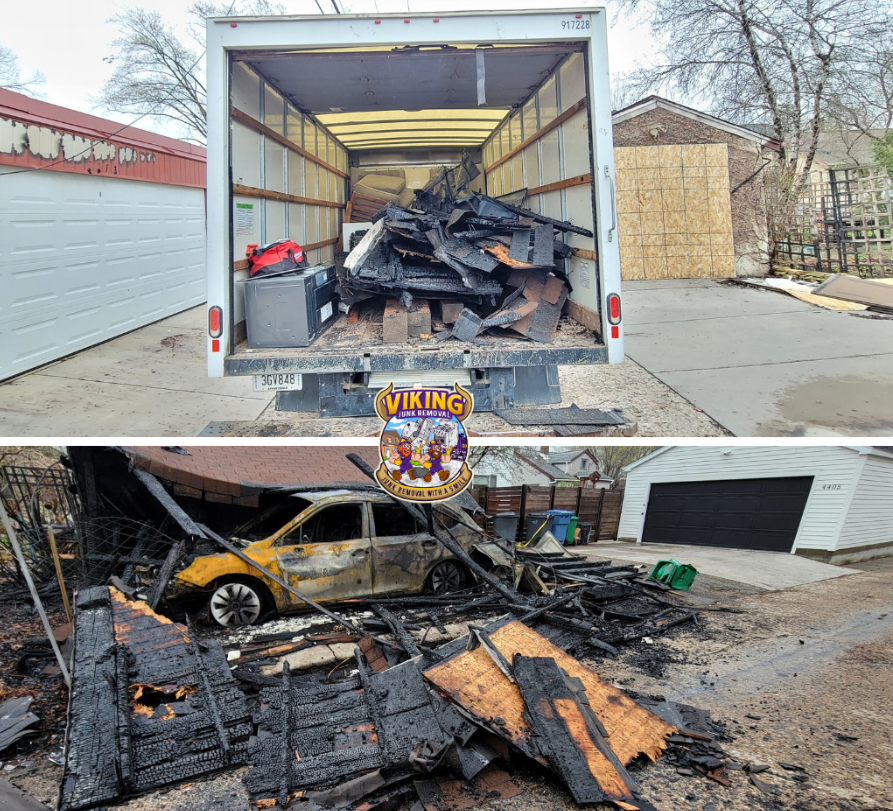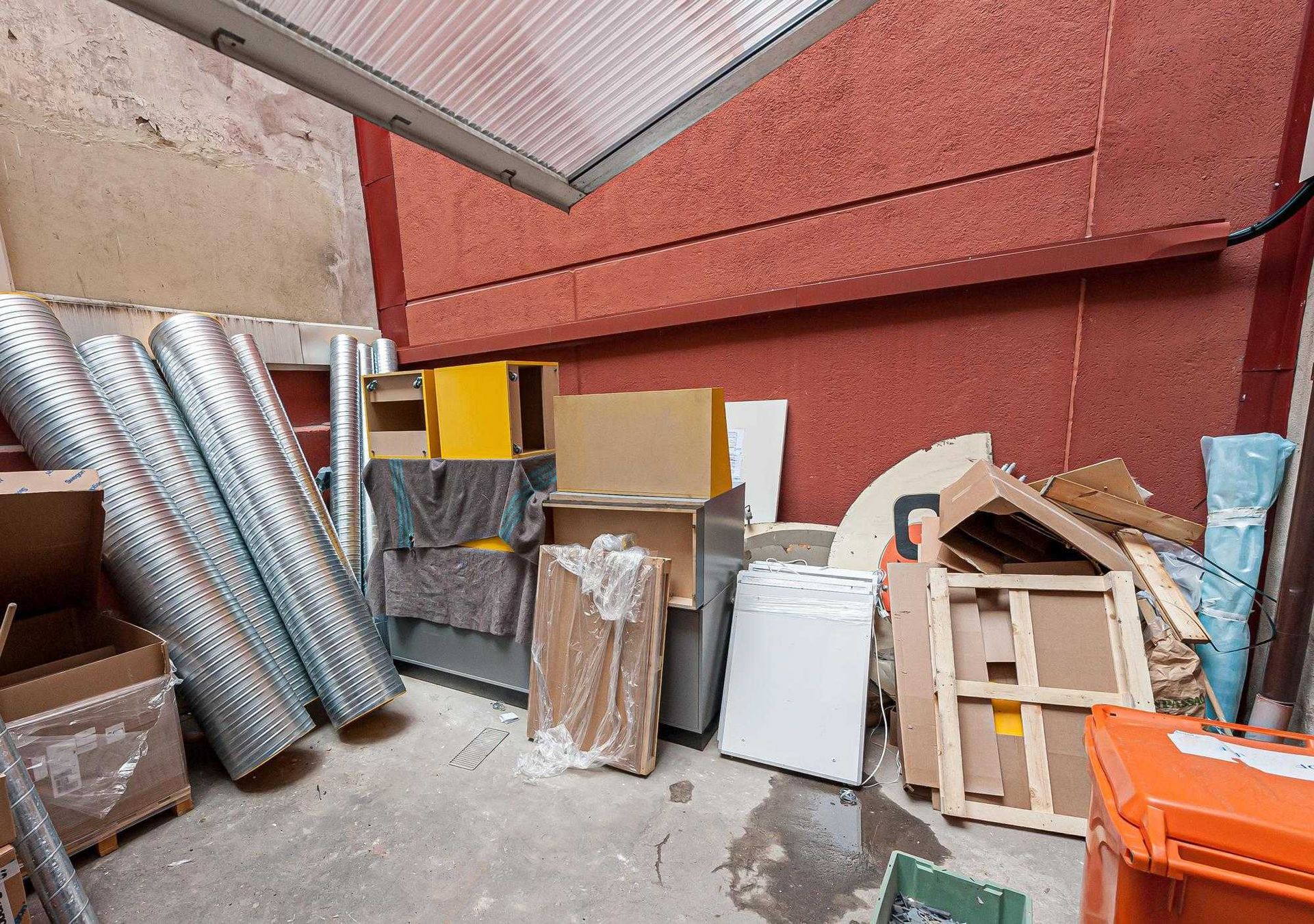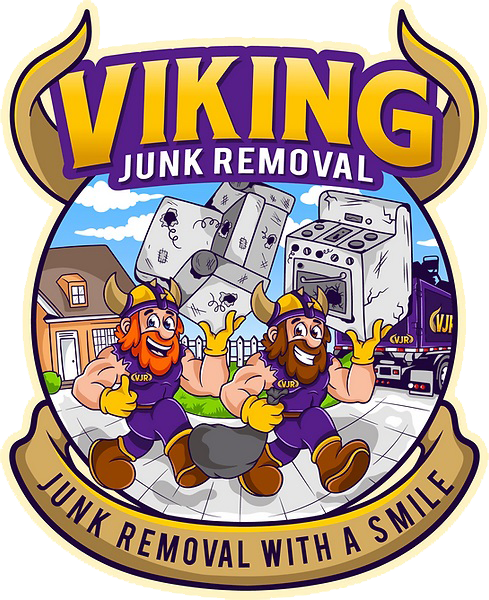Best Practices for Storage Unit Cleanouts
There’s an odd rhythm to storage units, a pulse that doesn't often match the rest of life. Choosing the right moment to clean one out matters more than most realize. Wait too long, and forgotten items turn into burdens. Start too early, and you may disrupt the delicate balance of life’s transitions. Timing isn’t just about convenience. It’s about aligning your momentum with the purpose behind the cleanout, whether it’s a move, a downsizing, or simply decluttering.
Clear intention fuels the best outcomes. A well-timed approach means more than setting a date on the calendar. It demands an internal readiness paired with practical circumstances. Weather, schedules, and emotional attachment all influence when to strike. Wait for alignment, not just availability.
Knowing What Stays and What Goes
A storage unit often transforms into a collection of forgotten intentions and emotional artifacts. Tackling it requires the mindset of a curator, not just a cleaner. This isn't an auction of memories—it’s a thoughtful exercise in evaluating what serves your current life. Ask: does this item bring value to my day-to-day, or is it a remnant of a life I no longer lead? Sorting becomes easier when you shift the focus from what something meant then to what it does now.
That broken chair from your college apartment? Nostalgic, maybe, but not useful. The waffle maker you never used? Donate it—someone else might. Detach emotionally, think practically. Allow logic to guide your decisions while nostalgia respectfully steps back. You’re not erasing your past—you’re refining it. The result? A space that works for you, not against you.
Preparing the Space Before Starting
Starting a cleanout without preparation is like heading into the woods without a map or flashlight. You may survive, but not without confusion and wasted time. Before diving into boxes, take ten minutes to prepare the space. Do you have proper lighting? Gloves? Trash bags? A place to sort keepers from toss-aways? Lay a foundation before doing the heavy lifting.
Bring snacks, water, a friend, even music—something to make the experience less of a chore and more of an event. These simple comforts inject energy into the process. And don’t underestimate tools like a broom or stepstool; they’re not just helpful, they symbolize progress. Preparation isn’t flashy, but it keeps your momentum steady and your stress low. It’s the secret sauce that transforms a storage unit chaos session into a controlled, even cathartic, experience.
Working in Sections to Avoid Burnout
Trying to clean out an entire storage unit in one go is asking for exhaustion and regret. Instead, the secret to success lies in working section by section. Breaking the unit into smaller zones keeps you energized, organized, and focused. Here’s how you can segment the work and make real progress without hitting a wall.

Divide and Conquer the Space
Start by mentally or physically dividing the storage unit into clear zones. You can work left to right, top to bottom, or section off by shelves or clusters of boxes. Each area becomes its own mini-project, making the overwhelming task feel approachable and giving you tangible milestones to hit along the way.
Create Achievable Mini Goals
Instead of aiming to finish the entire unit in one day, set goals you can actually meet. Maybe it's clearing one shelving unit or sorting through three boxes. Achievable mini-goals deliver small wins that boost your morale and prevent the overwhelming feeling of tackling an entire unit in a single exhausting marathon.
Celebrate Small Victories
Every time you finish a section, take a moment to acknowledge it. Snap a photo, do a fist pump, or just sit back and appreciate the progress. These small celebrations reinforce positive feelings toward the task, building emotional momentum that keeps you moving forward with renewed energy and focus.
Prevent Decision Fatigue
Making hundreds of decisions at once is mentally draining. By working in sections, you only face a handful of choices at a time. This steady rhythm of smaller decisions keeps your brain fresh, focused, and less likely to fall into "I don't care anymore" territory that leads to rushed or poor choices.
Find a Sustainable Rhythm
Pushing yourself to go non-stop only leads to burnout. Instead, working in sections helps you develop a pace that feels natural and sustainable. You might find a flow—work for an hour, break for ten minutes—that keeps you moving steadily without exhausting yourself physically or emotionally.
Leveraging Professional Help for Efficiency
There comes a point during a cleanout when your energy dips and the piles grow taller. That’s when professional help becomes invaluable. Hiring experts doesn’t mean you’ve given up—it means you’re streamlining the process. These pros have done this before. They know how to sort, lift, load, and haul efficiently. More importantly, they bring emotional neutrality.
They won’t pause to flip through photo albums or agonize over a cracked vase. That objectivity helps you focus on decisions instead of distractions. Professionals act like a catalyst—they transform what feels like a weekend slog into a smooth, fast-flowing operation. You remain the decision-maker, but the weight—physical and mental—is shared. It’s not weakness; it’s wisdom.
Disposing Responsibly Without Regret
Throwing things away can feel wasteful, but thoughtful disposal turns the process into an act of respect. When you discard responsibly—donating what’s usable, recycling what’s reclaimable—you’re honoring the usefulness those items once had. It’s easy to think tossing everything into a dumpster is efficient, but that shortcut leaves a deeper mess, one that impacts landfills, communities, and even your conscience. Furniture may serve another family.
Electronics can be ethically recycled. Even old clothes, if not wearable, can be repurposed. Think of disposal not as rejection, but redirection. You’re helping items complete their story. Responsible cleanouts reflect intention, not indifference. This isn’t about guilt—it’s about grace. Saying goodbye with care brings closure without regret. It elevates the cleanout from an act of elimination to one of stewardship. In that act, you don’t just clear space—you create meaning.
Organizing What You Decide to Keep
Once the dust settles, and the clutter’s been cleared, the real magic begins: organization. Keeping items is only the first step—storing them with purpose ensures they remain accessible, relevant, and appreciated. Invest in clear bins, sturdy shelving, and easy-to-read labels. Group similar items together. Seasonal décor? One section. Important documents? Another.
Accessibility is key—store frequently used items up front and fragile or rare keepsakes further back. Make visibility a priority. If you can’t see it, you’ll forget you even have it. Organization isn’t about perfection; it’s about clarity. You’re designing a system that respects your belongings and your mental space. The storage unit should feel like an intentional archive, not a junkyard.
Protecting Yourself From Emotional Traps
You’re cruising through your storage cleanout, then bam—one box hits like a memory grenade. A sweater, a birthday card, a toy—suddenly you’re not sorting; you’re time traveling. Emotional traps lurk in sentimental items, and they can derail your progress fast. The key isn’t to ignore your emotions, but to manage them.
Acknowledge the memory, take a breath, then ask: does this item serve me now? Can I honor the moment without clinging to the object? Give yourself permission to feel, but also to let go. Remember: your memories live in you, not in things. Photos, mementos—they’re chapters, not lifelines. You’re not throwing away a person or a past—you’re choosing to carry only what strengthens your present. Approach these moments with compassion, but don’t let nostalgia paralyze you.
Creating a Plan for Future Storage
A successful cleanout doesn’t end with a tidy space—it begins with a promise not to repeat the chaos. Without a plan, it’s easy to slip back into the habit of storing and forgetting. Think ahead. Decide what deserves to be stored. If it’s not useful, meaningful, or irreplaceable, it may not belong. Adopt a minimalist mindset: store only what you plan to retrieve.
Create an inventory, label your containers, and set calendar reminders to revisit the unit quarterly. Treat the storage space like a tool—not a dumping ground. Consider digital backups for documents and photos, or upgrade your storage bins for long-term preservation. The goal is not just order, but intentionality. Every item should have a reason for being there.
Using Cleanouts as a Life Reset
Cleaning out a storage unit often starts as a practical task and ends as an emotional awakening. You enter expecting to organize boxes—yet somehow, you walk out feeling lighter, clearer, maybe even reborn. That’s the quiet power of a cleanout: it’s not just about stuff; it’s about stories. Each box opened, each item released, is a step away from who you were and a move toward who you’re becoming. Letting go of the outdated doesn’t erase your past—it validates it.
You gave it space. You honored it. And now you’re ready for something new. Think of it as a ritual, not a chore. A personal reboot. A silent declaration that says, “I’m ready for change.” Cleanouts become ceremonies of transition, moments when you shed the unnecessary to make space for growth. That’s not just organization. That’s transformation.
Conclusion
Whether you're shedding the remnants of a past move, downsizing to make room for new beginnings, or simply trying to reclaim clarity from clutter, embracing best practices in storage unit cleanouts creates more than tidy square footage—it generates real momentum in your life. A thorough cleanout can uncover forgotten treasures, eliminate emotional baggage, and give you back not just space, but peace of mind. It’s a liberating process that sets the tone for a more intentional future.
For those ready to take the next step with professional support, Viking
Junk Removal offers experienced, thoughtful, and efficient cleanout services tailored to your unique needs. Located in Minneapolis, USA, they can be reached at 612-448-9506 or by email at sales@vikingjunkremovalmn.com. Let go of the old and make room for what’s next.






